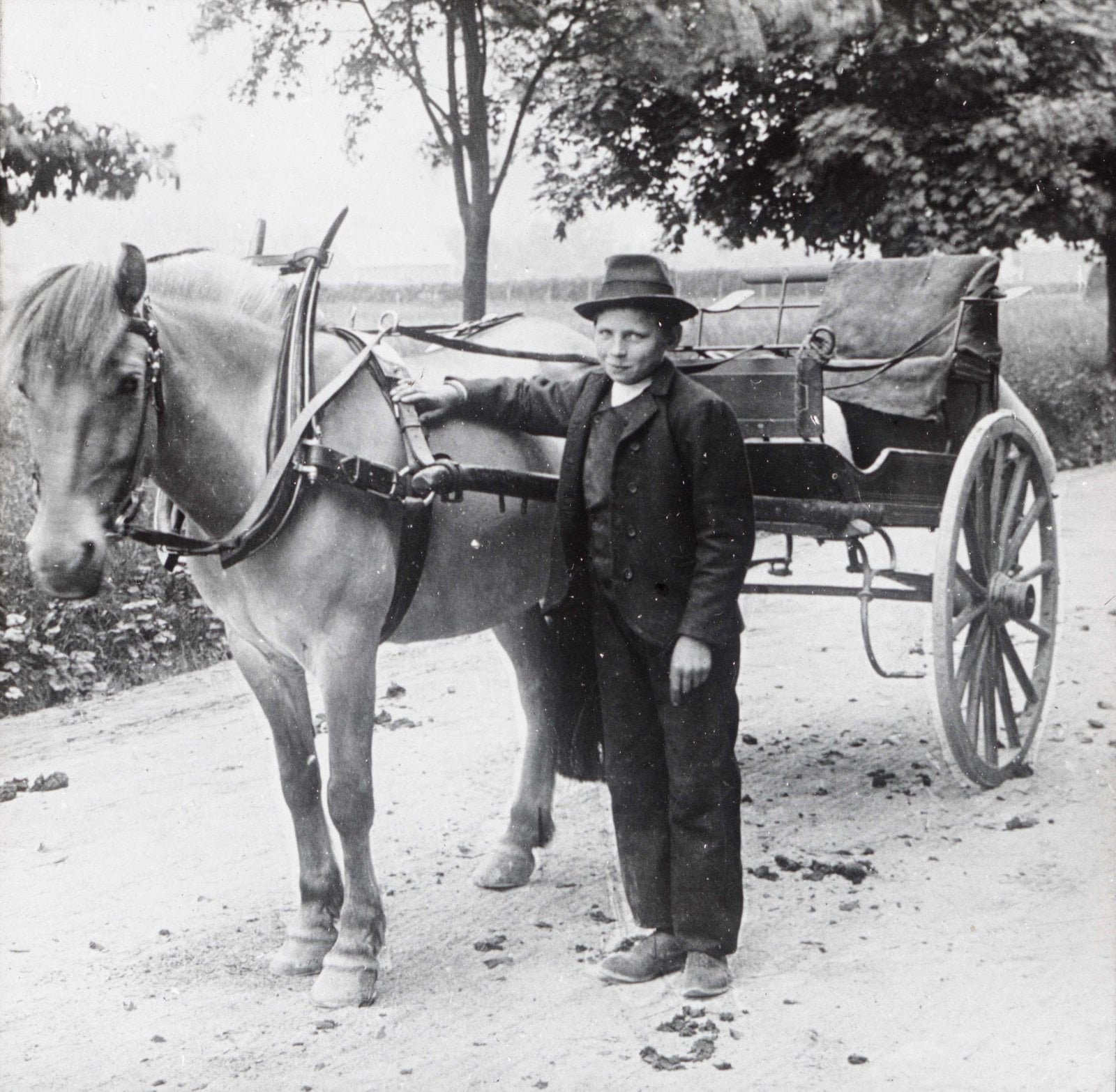Once a Greek colonial city
We visited Paestum on a warm, sunny day in late May. The first thing that hit us was the scent of flowers, so sweet and intoxicating. And the absolute tranquillity.
It was once a Greek colonial city and is located on the west coast of Italy, south of Naples, in today’s Campania. The Greeks called it Poseidonia.
After the Greeks came the Lucanians, and then the Romans, who named the city Paestum.
Paestum is home to three magnificent and well-preserved Greek temples, surrounded by the old city’s ruins. There is a museum and places to eat.
The sound of history
When you walk through the excavated streets and house-ruins, you can almost hear the people that once lived there. They speak to you.
The landscape is flat and bountiful, placed between the sea and the majestic mountains of the Cilento and Vallo di Diano National Park.
The three temples are dedicated to the Greek gods Poseidon, Hera, and Athena, and date back to between 550 BC and 450 BC.
The onsite museum is full of beautiful historical artefacts and works of art – and the building offers a cool respite from the hot sun.
A rest and some food
If you come by train, there is a short walk from the Paestum railway station. And there is secure parking on the outskirts of the complex.
And when your feet are heavy, and you need food and drink, pleasant outdoor restaurants are there to welcome you.
We also bought souvenirs and postcards – and enjoyed the wonders of Italian gelato.
One day, we will go back to this beautiful spot – and spend more time within the walls of this fascinating gateway to history.

EGP.0002











